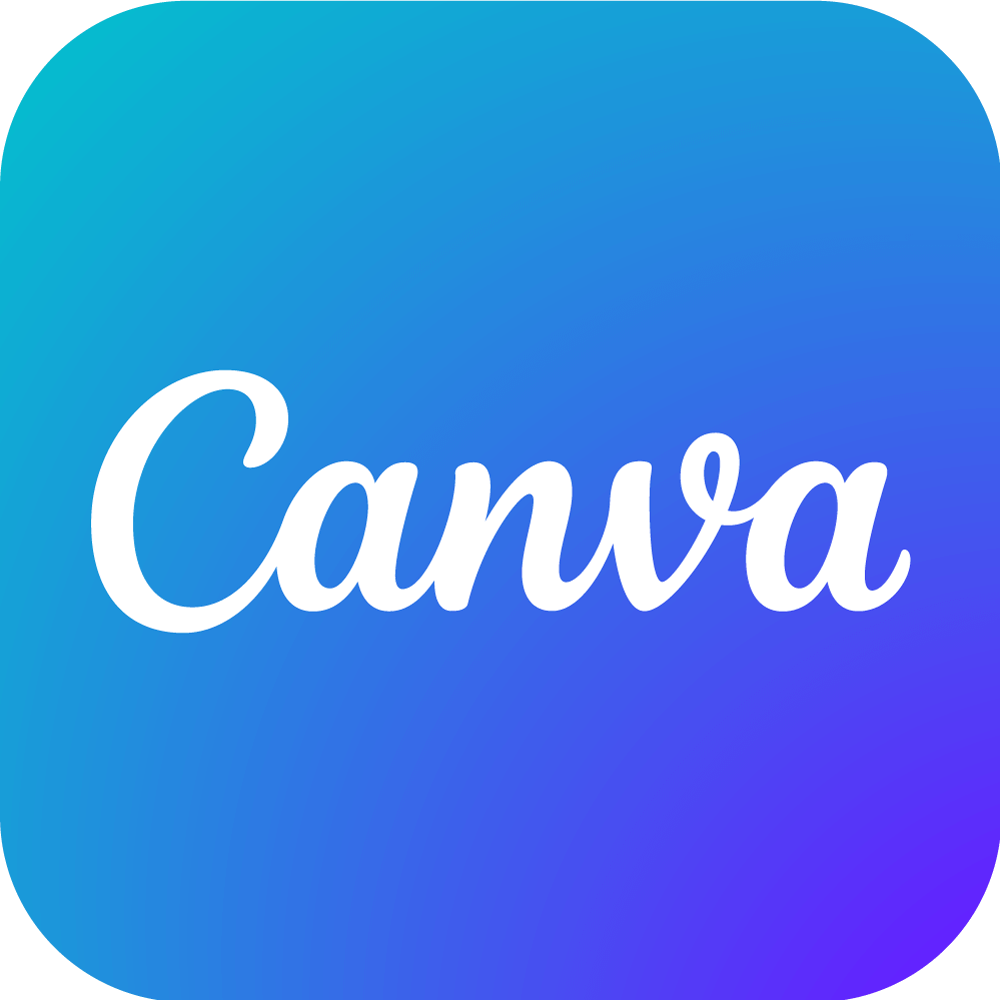
Canva
Maximize OR Sum
Question Metadata
- Interview Type
- technical
- Company
- Canva
- Last Seen
- Within the last month
- Confidence Level
- High Confidence
- Access Status
- Requires purchase
Purchase access to view the full interview question
Assessment Rubric Overview for "Maximize OR Sum" Interview Question
The "Maximize OR Sum" problem is designed to evaluate a candidate's proficiency in algorithm design, bitwise operations, and optimization strategies. Specifically, it assesses the ability to manipulate array elements to achieve an optimal bitwise OR sum, considering constraints on the number of allowed operations.
Core Competencies and Skills Evaluated:
-
Algorithm Design and Optimization: Candidates should demonstrate the ability to devise efficient algorithms that maximize the bitwise OR sum by strategically selecting array elements for modification.
-
Bitwise Operations: A solid understanding of bitwise operations, particularly the bitwise OR and its properties, is essential for solving this problem effectively.
-
Greedy Algorithms: The problem may require a greedy approach to select the most impactful elements for modification, highlighting the candidate's ability to make optimal choices under constraints.
-
Complexity Analysis: Evaluating the time and space complexity of the proposed solution is crucial to ensure scalability and efficiency, especially for large input sizes.
Behavioral Traits and Problem-Solving Approaches Assessed:
-
Analytical Thinking: The ability to break down complex problems into manageable components and devise systematic solutions is key.
-
Attention to Detail: Precision in implementing bitwise operations and handling edge cases demonstrates thoroughness and accuracy.
-
Adaptability: The capacity to adjust strategies based on problem constraints and to optimize solutions within given limits reflects flexibility and resourcefulness.
Assessment Process Expectations:
Canva's interview process is structured to evaluate both technical skills and cultural fit. The process typically includes:
-
Initial Screening: A conversation with a recruiter to discuss the candidate's background, motivations, and alignment with Canva's values.
-
Technical Interviews: Multiple rounds focusing on problem-solving abilities, coding proficiency, and system design knowledge. For engineering roles, this may involve coding challenges and system design discussions.
-
Behavioral Interviews: Assessing cultural fit through discussions about past experiences, teamwork, and alignment with Canva's mission and values.
Preparation Recommendations:
-
Algorithm and Data Structure Mastery: Review and practice problems involving bitwise operations, greedy algorithms, and optimization techniques.
-
Complexity Analysis: Develop the ability to analyze and articulate the time and space complexity of solutions.
-
Mock Interviews: Engage in mock interviews to simulate the problem-solving environment and receive constructive feedback.
-
Understand Canva's Culture: Familiarize yourself with Canva's mission, values, and work environment to effectively convey cultural fit during interviews.
Evaluation Criteria and Technical Concepts to Master:
-
Bitwise Operations: Deep understanding of bitwise AND, OR, XOR, and their applications in optimization problems.
-
Greedy Algorithms: Ability to identify and implement greedy strategies for optimization under constraints.
-
Dynamic Programming: Knowledge of dynamic programming techniques for problems involving optimal substructure and overlapping subproblems.
-
System Design: Understanding of designing scalable and efficient systems, including considerations for caching, load balancing, and data storage.
Canva-Specific Expectations and Cultural Fit Considerations:
Canva values diversity of thought and experience, seeking candidates who bring unique perspectives and innovative ideas. Demonstrating a collaborative mindset, adaptability, and a passion for Canva's mission to empower the world to design will resonate well with interviewers. As Canva emphasizes authenticity, being yourself during the interview process is encouraged.
By focusing on these areas, candidates can effectively prepare for the "Maximize OR Sum" problem and align with Canva's interview process and cultural values.
Other verified questions from Canva